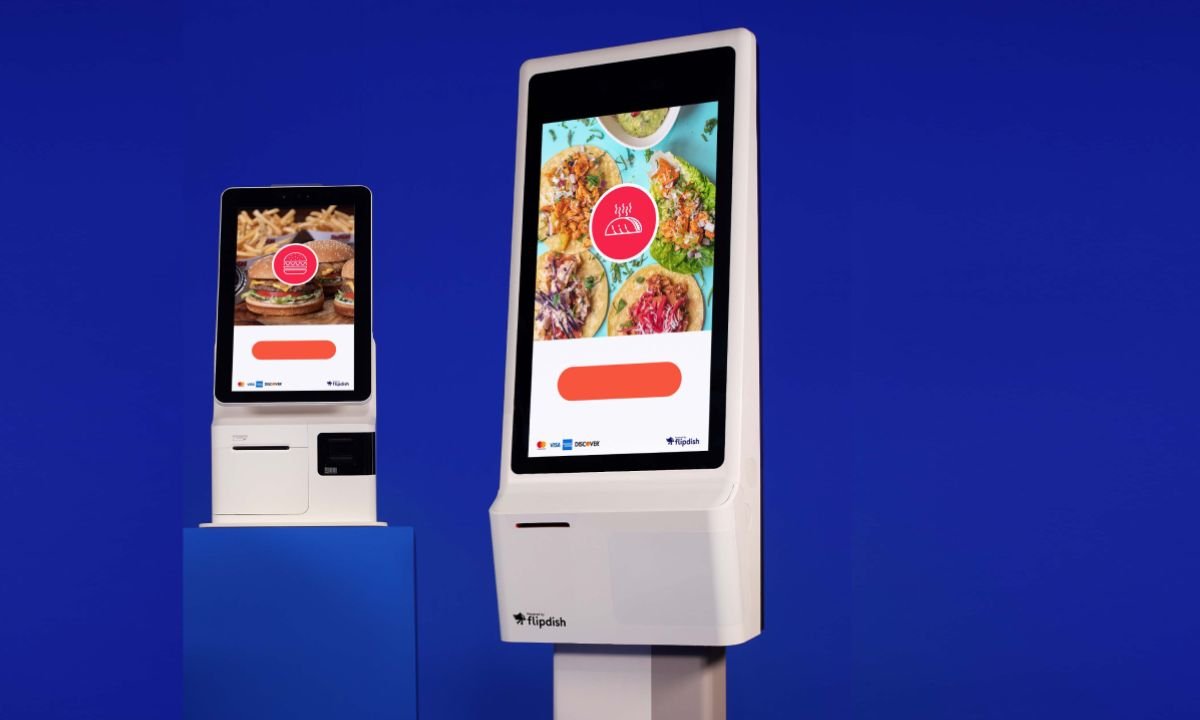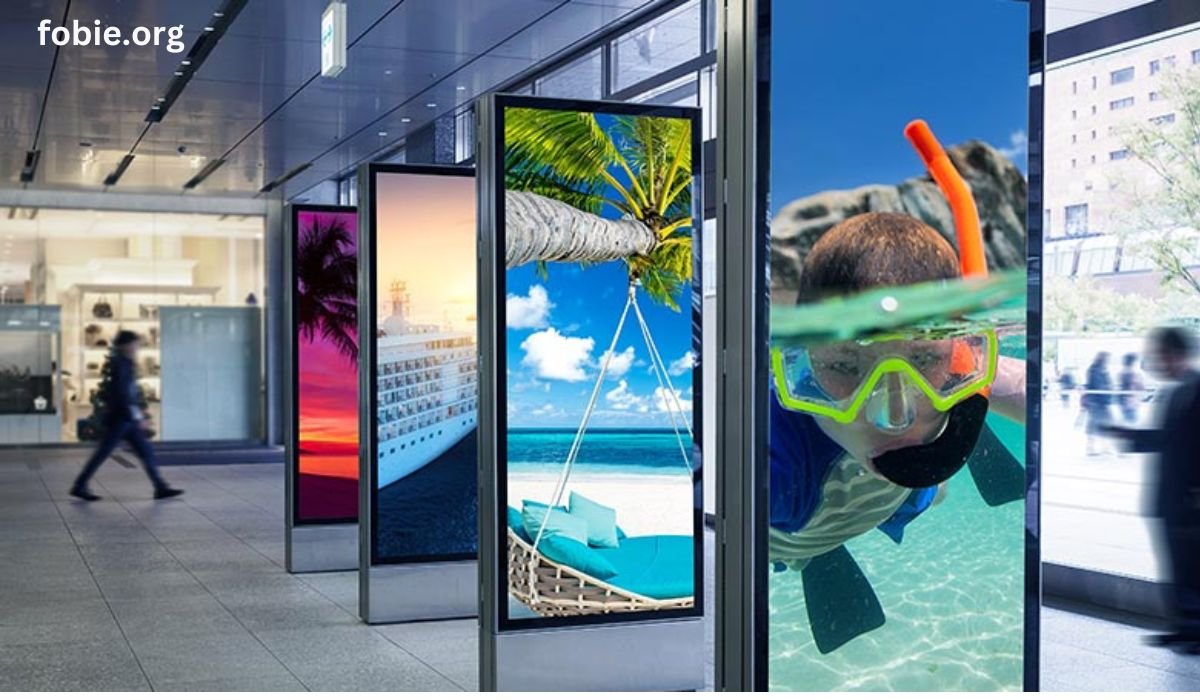Modern Infrastructure and Urban Spaces
Interactive outdoor kiosks are redefining modern infrastructure, seamlessly embedding themselves into urban spaces worldwide. As cities strive to become smarter and more efficient, these kiosks provide an indispensable link between digital and physical realms. They offer solutions such as wayfinding, local area information, and emergency alerts, making urban living more manageable and intuitive. Their design typically features weather-resistant screens and intuitive interfaces, ensuring that they remain functional and user-friendly in various environmental conditions.
The importance of such kiosks is further underscored by their ability to adapt to the evolving needs of cities. With the growing emphasis on the smart city movement, integrating technology into everyday city life is crucial. These kiosks not only provide information but can also collect data, helping city planners make informed decisions about infrastructure and policy changes, thereby fostering a more adaptive and responsive urban environment.
Kiosks in Public Services
Public services have experienced a digital transformation with the introduction of kiosks, which have revolutionized how citizens engage with essential services. These touchscreen kiosks facilitate everything from processing government-related paperwork, such as voting registration, to providing extensive data on public transportation schedules. Citizens can easily access a universe of information, simplifying interactions that historically required long waits and extensive paperwork.
Take public transit systems, for example—kiosks positioned strategically at stations not only offer real-time arrival and departure information but also dispense tickets and travel passes. This self-service capability significantly reduces the need for physical counters and staff, providing an efficient experience for commuters. By enabling people to independently manage their needs, these kiosks cut down on operational costs and increase satisfaction among users.
Benefits for Businesses
Interactive kiosks offer businesses a versatile tool to engage with customers more directly and innovatively. Businesses can increase brand visibility by strategically placing kiosks in high-traffic areas while offering accessible services such as catalog browsing, voucher dispensing, or even instant purchases. They serve as digital storefronts, providing information and interaction when and where it’s most needed, without the requirement of additional staff.
Moreover, these kiosks can also facilitate data collection, offering businesses insights into consumer preferences and behaviors. For small and medium enterprises (SMEs) that may lack the resources of larger corporations, kiosks provide an affordable avenue to enhance marketing efforts and customer engagement. Thus, outdoor kiosks help bridge the gap between businesses and potential customers, creating opportunities for growth and innovation in a competitive marketplace.
Enhanced Visitor Experiences
Visitors in unfamiliar cities often navigate complex landscapes with ease, thanks to interactive kiosks that offer maps, translations, and recommendations tailored to individual preferences. For tourists, these kiosks act as personal tour guides, presenting curated information on attractions, dining options, and cultural events. The interactive nature ensures visitors can personalize their exploration, selecting routes and experiences matching their interests.
These kiosks also help minimize language barriers by providing multilingual support, which is essential in global tourist hotspots. For example, at a museum, a kiosk could offer detailed descriptions of exhibits in multiple languages, enriching the educational experience. By enhancing convenience and accessibility, kiosks improve the quality of visits, ensuring that tourists can appreciate the cultural and historical significance of their destinations without hindrance.
Case Studies from Around the Globe
Cities across the globe serve as testaments to the success of deploying interactive kiosks in public domains. New York City, for instance, has deployed these across key spots like Times Square, where they have significantly enhanced pedestrian experiences by providing navigation aids and localized content. These kiosks not only assist with directions but also serve as platforms for storytelling, showcasing the city’s rich history through digital narratives.
On the other hand, Tokyo has championed the use of kiosks within its dense urban fabric, particularly in its tech-forward districts. By efficiently communicating public transit updates and local happenings, Tokyo’s kiosks have reduced congestion and improved efficiency in commuter flow. These case studies highlight the transformative impact that well-integrated kiosk systems can have on urban living.
Future Trends in Kiosk Technology
As technology advances, the future of outdoor kiosks lies in greater personalization and interactivity. Innovations such as AI-driven content delivery will tailor information based on user preferences, making interactions more relevant and engaging. IoT integration promises to expand capabilities, enabling kiosks to interact seamlessly with other digital devices and infrastructure.
Upcoming developments are also likely to see a rise in voice-activated interfaces, which provide greater accessibility and convenience, particularly in fast-paced environments. These advancements will ensure that kiosks remain at the forefront of smart city technology, offering practical solutions to new urban challenges as they arise, thereby augmenting the overall digital ecosystem.
Challenges to Overcome
While the potential of kiosks is substantial, several logistical and technical challenges must be addressed to optimize their use. Maintenance remains a top priority, with kiosks exposed to various weather conditions, potential vandalism, and technical malfunctions. Ensuring they are durable and reliable requires strategic design and regular upkeep processes.
Accessibility is another critical consideration, as well as ensuring that everyone uses kiosks, including those with disabilities. This involves designing intuitive interfaces that are easy to navigate and providing auditory cues and Braille options where necessary. Overcoming these challenges means that kiosks can reliably serve as a universal solution for urban informational needs.
Best Practices for Implementation
For the effective deployment of kiosks, involving community stakeholders in the planning process is essential to address specific local needs and preferences. Implementing kiosks should begin with a comprehensive assessment of these needs, determining optimal locations and features to maximize utility and impact.
Additionally, considering user experience through ergonomic design and high-quality, regularly updated content ensures that kiosks remain attractive and practical to users. Developing and adhering to stringent data protection policies is vital to maintaining trust and securing sensitive user information from potential cyber threats. By following these best practices, cities can harness the full potential of interactive kiosks as transformative elements in their urban landscapes.











